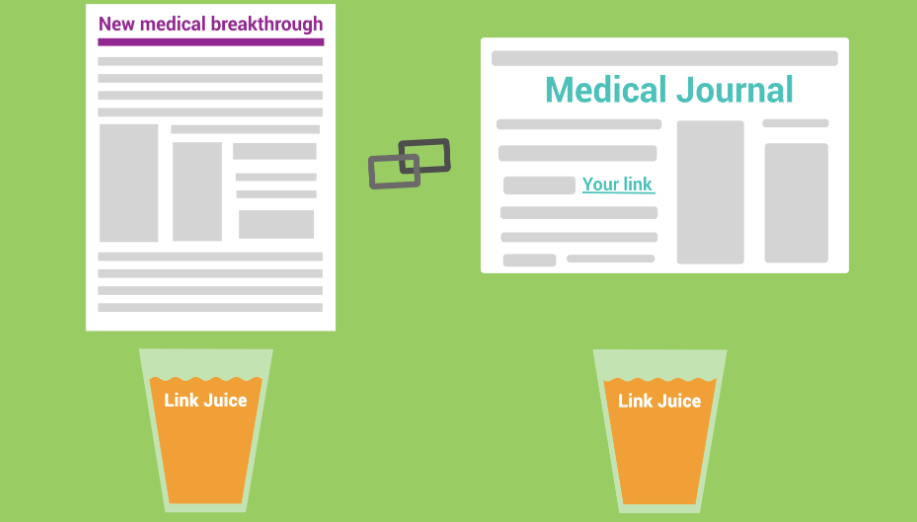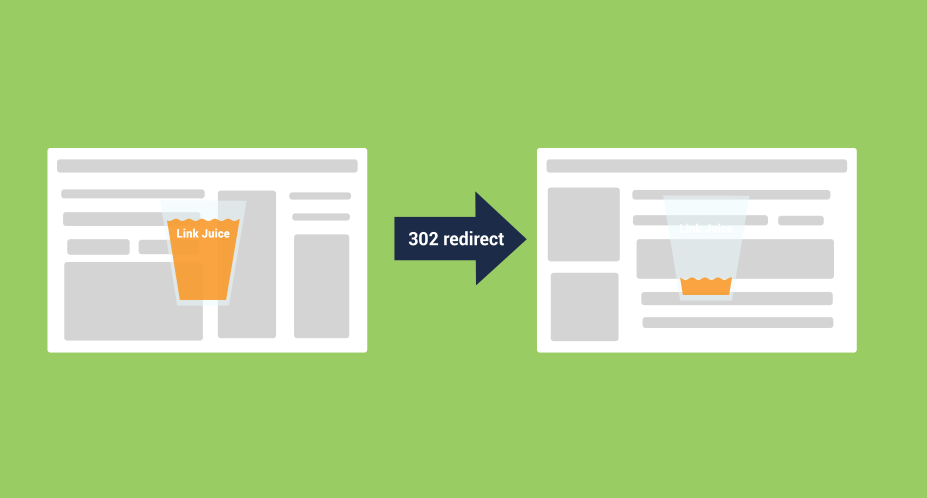-
 4 min. read
4 min. read
-
 Jessica Bonacci
Jessica Bonacci Content Writer
Content Writer
- Jessica is a Google Analytics certified Digital Video Analyst at WebFX. She has created over 100 videos for the WebFX YouTube channel (youtube.com/webfx) in the last two years. Jessica specializes in video marketing and also loves content marketing, SEO, social media marketing, and many other aspects of digital marketing. When she’s not creating videos, Jessica enjoys listening to music, reading, writing, and watching movies.
What is a 301 redirect?
A 301 redirect is a way to permanently redirect a webpage to a new location, helping maintain search engine rankings and ensuring users are directed to the correct page.
Transcript: In this video, I’m going to tell you EVERYTHING you need to know about 301 redirects: what they are, what they do, and when and how to use them.
What is a 301 redirect?
A 301 redirect tells search engines that content has permanently moved to another page — and it directs visitors to the new URL. I’ll explain this more with an example. Have you ever clicked on a link online, and it goes to a 404 error page? Frustrating, right? Let’s say a company has a URL called WXYZ.com. The company decides to remove the W and rebrand to XYZ.com.
If someone searches Google and the old URL pops up without a redirect, they’ll get a “404 Error” message, which doesn’t look great for the company. And again, it doesn’t create a good user experience.
The same would happen if a blog or any other website besides their own linked to the old URL on one of their site pages or blog posts. A 301 redirect stops that error from happening because it sends all the traffic that clicks on that old link, WXYZ.com, to the new URL, XYZ.com.
301 redirects are also handy if you have a broken link. This can mean the page someone is looking for no longer exists, or it was moved. Instead of getting a 404 error, you can redirect people to a new page. The user is getting to where they want to be, which means you’re creating a good user experience, or UX.
Good user experience also has an SEO advantage. Google recognizes the UX advantages to this and allows link equity to pass through to the end URL because ranking the old one wouldn’t be useful.This leads to the next section.
Do 301 redirects affect your site’s SEO and Google rankings?
If done correctly, 301 redirects can preserve rankings for the pages you move to new URLs. Links have this thing called link equity, known during the PageRank days as link juice. Basically, it’s the value of a link passed on from other sites. So, you write a great post about a medical breakthrough and a reputable medical journal links to you. They pass on some of their link equity to you. 
A 301 redirect passes on the link juice of the old page to the new page.
This contributes to your ranking on Google by making your site look better.
You preserve the link equity of the previous URL and tell Google that this new URL is just as good as the old one.
301 vs. 302 redirects
Do all redirects pass on link equity? The answer is simple. No. Another redirect you may have heard of is a 302 redirect. These are temporary redirects, and they do not pass on link equity.  So, unless you’re making a temporary change to your website, you should always use 301 redirects.
So, unless you’re making a temporary change to your website, you should always use 301 redirects.
When should you use a 302 redirect?
Any time you want to temporarily send traffic to another page, you should make this a temporary 302 redirect If you’ve redesigned your site and want to direct someone to a new page permanently, you’ll use a 301 redirect to let Google know that the change is here to stay. So if you use a 302 redirect when you really want to use a 301 redirect, you’ll lose out on all the value of the original link.
How to do a 301 redirect
This part can get a little technical. If your website uses Apache, you’ll use your site’s .htaccess file. An .htaccess file, which stands for hypertext access, is a plain text file on Apache servers that deals with the configurations of and access to specific directories. This can get a little complicated, so make sure you do your research on .htaccess directives before you make any changes. If you’re not completely comfortable making the changes on your own, it might be best to consult a webmaster to avoid breaking your site. If you’re using WordPress for your site, there are also plug-ins to help you manage 301 redirects. Now that we’ve gone through all of your 301 redirect options, that’s all I have for you today.
To keep learning everything you need to know about digital marketing, subscribe to our YouTube channel and read our blog for some expert information from our team. See you later!
-
 Jessica is a Google Analytics certified Digital Video Analyst at WebFX. She has created over 100 videos for the WebFX YouTube channel (youtube.com/webfx) in the last two years. Jessica specializes in video marketing and also loves content marketing, SEO, social media marketing, and many other aspects of digital marketing. When she’s not creating videos, Jessica enjoys listening to music, reading, writing, and watching movies.
Jessica is a Google Analytics certified Digital Video Analyst at WebFX. She has created over 100 videos for the WebFX YouTube channel (youtube.com/webfx) in the last two years. Jessica specializes in video marketing and also loves content marketing, SEO, social media marketing, and many other aspects of digital marketing. When she’s not creating videos, Jessica enjoys listening to music, reading, writing, and watching movies. -

WebFX is a full-service marketing agency with 1,100+ client reviews and a 4.9-star rating on Clutch! Find out how our expert team and revenue-accelerating tech can drive results for you! Learn more
The Internet in Real Time
Ever wonder how much is going on at once on the Internet? It can be tough to wrap your mind around it, but we’ve put together a nice visual that’ll help! The numbers show no sign of slowing down either.
Find out More

Ready to Drive Results for Your Business?
See how WebFX uses SEO, PPC, Social Media, and Web Design to Drive Revenue for Businesses.
Get InspiredThe Internet in Real Time
Ever wonder how much is going on at once on the Internet? It can be tough to wrap your mind around it, but we’ve put together a nice visual that’ll help! The numbers show no sign of slowing down either.
Find out More





